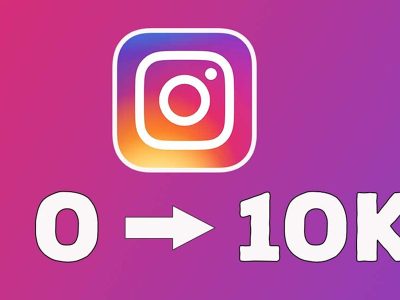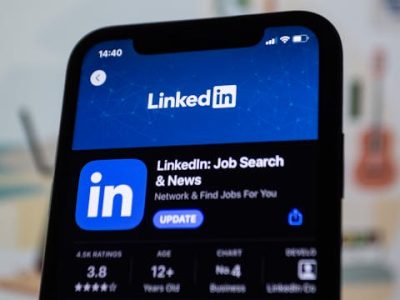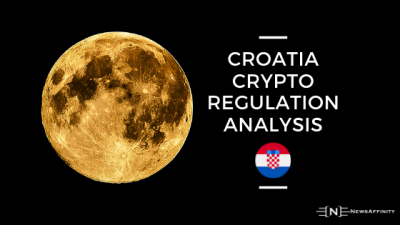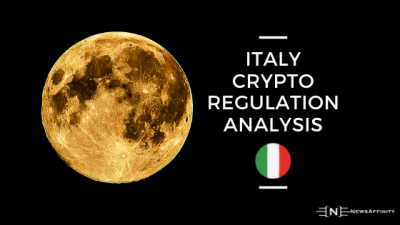To be successful in the field of email marketing, it is essential to attract the attention of your subscribers by making your messages stand out in their increasingly crowded inboxes.
Utilizing the principles of color psychology in the layout of your email is a potent strategy that can be used to accomplish this goal.
Colors have the extraordinary capacity to elicit feelings, alter one’s perceptions, and prompt one to take action.
In this article, we’ll discuss how to use color theory to craft emails that will make an impact on your readers’ emotions and prompt them to open, click, and convert.
Understanding the Psychology of Color
Let’s first explore how color is used in email design before learning more about how different colors are perceived psychologically:
Red
Red is a color that is frequently associated with feelings of urgency, excitement, and passion. You can use red to motivate people to take action or draw attention to elements that are crucial.
Blue
Because of its associations with these positive qualities, the color blue is a good choice for email communications intended to establish credibility and trustworthiness.
Green
Green is a color that can be used to convey a sense of harmony or promote eco-friendly products. Green is associated with the outdoors, expansion, and financial success.
Yellow
The color yellow is known to stimulate a positive emotional response and inspire participation because of its sunny disposition.
Orange
Orange is ideal for evoking feelings of enthusiasm and originality because it combines the vivacity of red with the friendliness of yellow.
Purple
The color purple, which is frequently associated with opulence as well as creativity and imagination, can lend an air of refined elegance to the email designs you create.
Utilizing the Principles of Color Psychology in Email Design
a. Establishing Personal and Emotional Connections
Consider coordinating the color palette of your emails with the look and feel of your company in order to forge a powerful emotional connection with your subscribers.
The audience will become more familiar with your brand and its associated emotions if you use the same colors throughout your marketing materials.
If your company promotes a stress-free lifestyle, for instance, a color palette heavy on cool blues and greens would be appropriate.
Examine some of the most well-liked relaxation apps. The tranquil blues and greens used throughout the site are meant to put users at ease while also strengthening the brand’s emotional connection with them.
b. Making Use of Color When Creating Calls-to-Action (CTA) Buttons
The call-to-action button that you include in your emails is extremely important for driving conversions.
Make your call-to-action buttons stand out by using colors that contrast with one another.
Buttons in a bright color, such as red or orange, for example, can convey a sense of immediacy and encourage prompt action.
Red “Buy Now” buttons, for instance, are frequently used on e-commerce websites to create a sense of urgency and encourage users to finish their purchases.
c. Adjusting Colors According to the Message You Want to Send
The colors you choose for your various email campaigns should reflect the variety of messages that each campaign is trying to convey.
Choose bright, happy colors like yellow or designs with multiple colors to convey that you are celebrating by making your statement.
On the other hand, color palettes that are subdued or monochromatic are excellent choices for accompanying messages that are intended to be taken seriously or professionally.
For instance, in order to generate excitement and encourage people to attend an event, invitations are frequently designed to include a variety of vibrant colors.
Get Email from Website – Increasing Subscriber Engagement
Building up your subscriber list is perhaps the most important aspect of email marketing, even more so than the choice of colors to use.
To increase engagement and capture more email addresses from your website, follow these tips:
a. Engaging Pop-up Forms
Use pop-up forms that are eye-catching and well-designed and that appear at key times, like when a user is about to leave the website or after they’ve been on a page for a certain amount of time.
Offer an incentive, such as a discount or valuable content, to entice users to subscribe.
For example, a beauty brand website can offer a pop-up with a 10% discount for first-time subscribers, it will encourage visitors to join their mailing list.
b. Compelling Landing Pages
In order to encourage people to sign up for your email list, you should make landing pages that emphasize the advantages of doing so. Emphasize the value your subscribers will receive, whether it’s exclusive offers, informative content, or updates on new products.
For example, a fitness blog’s landing page could promise subscribers’ access to free workout videos, expert tips, and a supportive community, encouraging fitness enthusiasts to join their email list.
By integrating these strategies, you can boost subscriber engagement and expand your email list effectively. Remember, a well-nurtured email list can become a powerful asset for your business’s growth.
c. Email Lookup Extension
You could download GetEmail.io extension and then head to your choice of website. Just by clicking on the extension icon, you can get email from website.
Concluding Thoughts
By understanding the psychology of color and integrating it thoughtfully into your email designs, you can create emotionally engaging emails that resonate with your subscribers on a deeper level.
Remember, consistency, relevance, and authenticity are key to fostering strong emotional connections and driving higher engagement.
Additionally, implementing effective strategies to capture email addresses from your website ensures that you continue to build a loyal and responsive subscriber base.
So, go ahead and infuse your email marketing campaigns with the power of colors to achieve greater success and leave a lasting impression on your subscribers.

















Comments